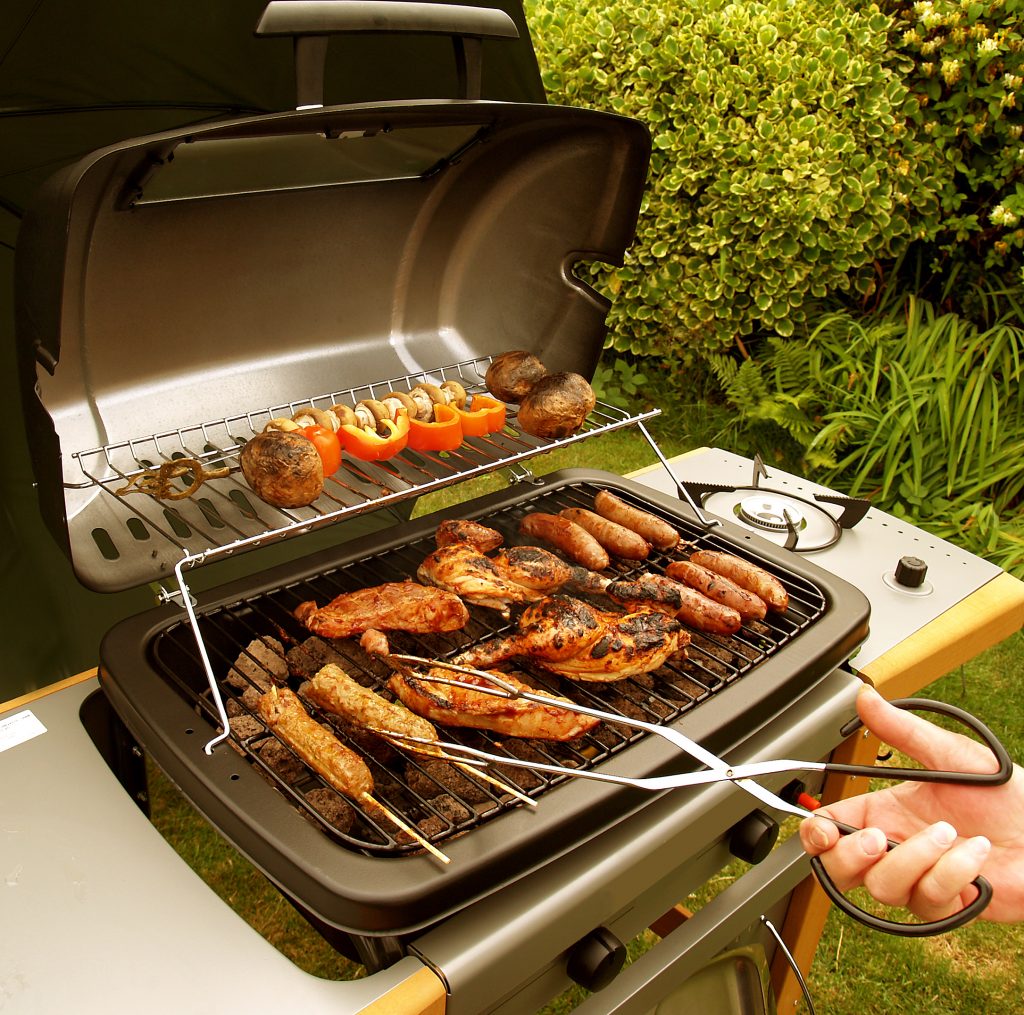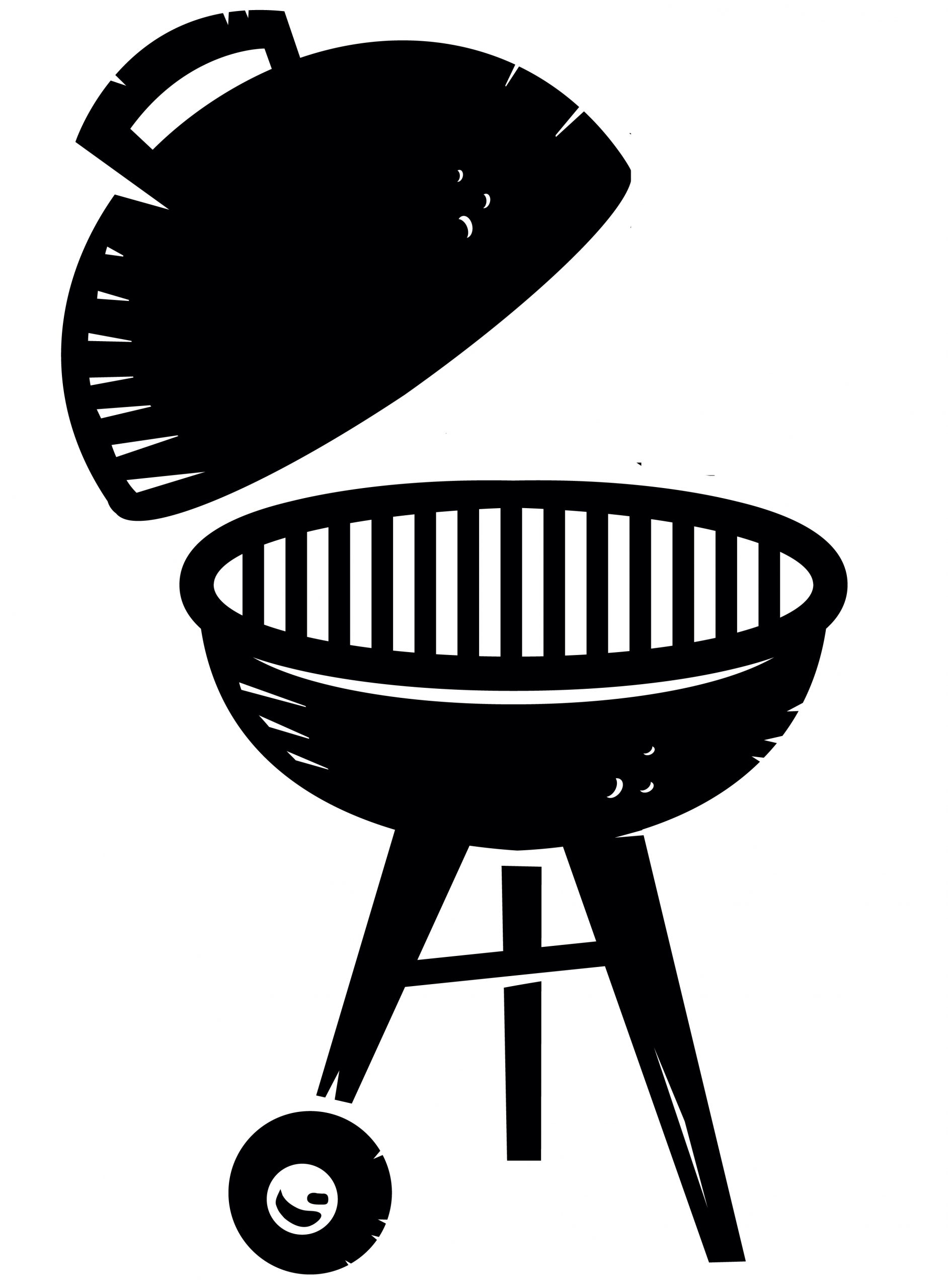Grilling is more than just preparing food; it embodies a tradition, an artistic endeavor, and a communal activity. Whether you're a novice eager to learn or a seasoned griller aiming to refine your skills, mastering the BBQ can be a fulfilling experience. From selecting the right equipment to understanding how to cook various types of meat, several factors contribute to becoming a true grilling aficionado. This detailed guide will take you through the key steps to elevate your grilling prowess.
Selecting the Ideal Grill
Before delving into techniques, choosing the right grill is essential. There are three primary grill types to consider:
- Charcoal Grills: Known for imparting a rich, smoky flavor, charcoal grills require a bit more time and skill but often yield exceptional results.
- Gas Grills: These grills are user-friendly and offer precise temperature control, making them perfect for those who prefer quick setup and consistent heat.
- Electric Grills: Ideal for indoor use or places where open flames are prohibited, electric grills are convenient and effective, though they lack the distinct smokiness of charcoal.
Choosing a grill that aligns with your space, lifestyle, and grilling goals is the first step toward achieving grilling success.
Must-Have Grilling Equipment
Every grill enthusiast should have the right tools at their disposal. Proper grilling equipment not only simplifies the process but also ensures your food is perfectly prepared. Here’s a list of essential tools:
- Tongs: A long-handled pair of tongs helps you manage food without the risk of burns. They should provide a solid grip for flipping meats, vegetables, and more.
- Spatula: A sturdy metal spatula is perfect for flipping burgers or delicate fish fillets without damaging them.
- Grill Brush: Cleaning the grill after each use is crucial. A quality grill brush effectively removes charred food and debris, keeping your grill ready for the next cooking session.
- Meat Thermometer: This is an indispensable tool for ensuring your meats are cooked to the correct internal temperature, minimizing the risk of undercooking or overcooking.
- Heat-Resistant Gloves: Protect your hands from intense heat with gloves specifically designed for grilling.
- Skewers: Whether grilling kebabs or marshmallows, skewers are essential. Metal skewers are recommended for their durability and reusability over wooden options.

Preparing the Grill for Cooking
Before you start grilling, proper preparation is key to ensuring even cooking and preventing food from sticking.
- Clean the Grate: Use a brush to remove any residues from previous grilling sessions.
- Oil the Grate: Lightly oiling the grate with a cloth helps prevent sticking, particularly important for lean meats and vegetables.
- Preheat the Grill: Preheating your grill is vital for proper searing. Gas grills typically need 10-15 minutes to reach the desired temperature, while charcoal grills should wait until the coals are white with ash.
Mastering Temperature Management
Temperature control is one of the most critical aspects of successful grilling, encompassing two primary techniques:
- Direct Grilling: This technique involves cooking food directly over the heat source, ideal for quick-cooking items like steaks, burgers, and vegetables.
- Indirect Grilling: In this method, the heat source is placed to the side of the food, allowing for slower cooking—perfect for larger cuts of meat such as whole chickens or roasts.
Knowing when to employ direct versus indirect heat can significantly enhance the quality of your meals. Most grills come equipped with vents that control airflow, directly affecting temperature. Opening the vents increases oxygen flow, boosting heat, while closing them lowers it.
Enhancing Flavor with Seasoning and Marinades
The flavor profile of grilled food heavily relies on how you season and marinate it. Here are some tips for maximizing taste:
- Dry Rubs: A mixture of herbs and spices applied directly to the meat creates a flavorful crust tailored to your preference.
- Marinades: These liquid mixtures typically contain oil, vinegar or citrus, and spices. Marinating your food for a few hours or overnight helps tenderize it and infuse flavor.
- Salt and Pepper: Never underestimate the power of simple seasoning. A generous sprinkle of salt and pepper can elevate the natural flavors of your meats and vegetables.

Grilling Different Types of Meat
Each type of meat has specific grilling techniques to follow. Understanding these nuances is essential for BBQ mastery.
- Beef: When grilling steak, burgers, or ribs, aim for the desired doneness. For steaks, medium-rare (130-135°F) is often considered ideal.
- Poultry: Ensure chicken is cooked thoroughly to an internal temperature of 165°F. Using indirect heat helps prevent the exterior from burning while the inside cooks.
- Pork: Pork is relatively forgiving, but it should still reach an internal temperature of 145°F. Marinating pork chops and tenderloins helps maintain moisture.
- Fish: Due to its delicate nature, fish requires careful grilling. Medium heat is best, and oiling both the fish and the grill grates prevents sticking.
Grilling Vegetables and Side Dishes
Grilling isn't limited to meat; vegetables and side dishes can be perfectly cooked on the grill as well. Consider these tips:
- Vegetable Preparation: Cut vegetables into uniform pieces for even cooking. Drizzle with oil and season with salt and pepper for optimal flavor.
- Utilize a Grill Basket: Use a grill basket for smaller vegetables like cherry tomatoes or sliced onions to prevent them from falling through the grate.
- Cooking Time: Vegetables often cook faster than meat, so monitor them closely to avoid overcooking. Grilling over indirect heat for a longer duration allows them to soften without charring.
Allowing Your Grilled Food to Rest
After grilling, one of the most vital yet overlooked steps is allowing the meat to rest. Resting lets the juices redistribute, keeping the meat moist and flavorful.
Once rested, it's time to serve. Presentation matters just as much as taste. Garnish your dishes with fresh herbs or a squeeze of lemon juice to enhance their appeal.
Avoiding Common Grilling Pitfalls
Here are some frequent mistakes to steer clear of while grilling:
- Constantly Flipping: Resist the urge to flip your food too often. Flipping once or twice promotes even cooking and a superior sear.
- Pressing Down on Meats: Avoid pressing down on burgers or steaks while grilling, as this releases juices and results in dry, less flavorful meat.
- Overcrowding the Grill: Allow ample space for your food. Overcrowding leads to uneven cooking and complicates temperature control.
Conclusion: Excelling in the Grilling Craft
Achieving proficiency in grilling requires time, practice, and the right tools and techniques. With patience and dedication, anyone can become a BBQ expert. From selecting the right grill to mastering temperature management, these essential insights will guide you on your path to grilling greatness. Follow this guide, and soon you’ll be hosting memorable barbecues, impressing friends and family with your skills. Happy grilling!
